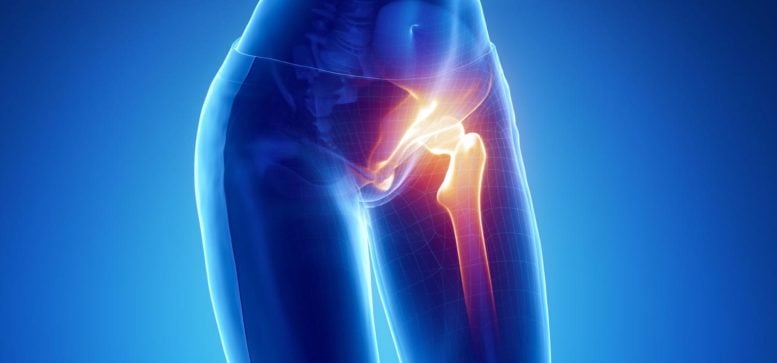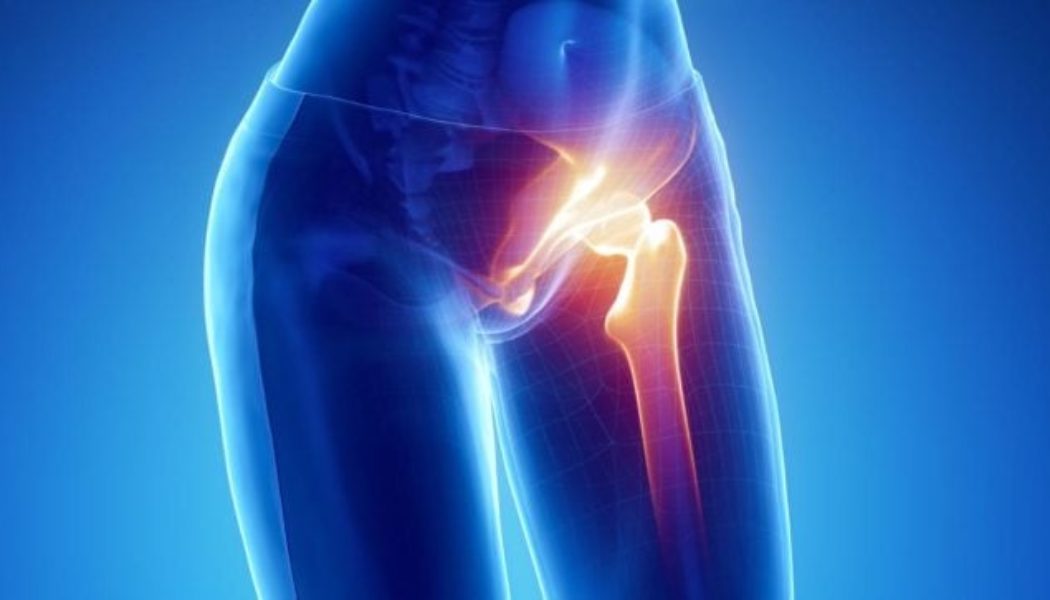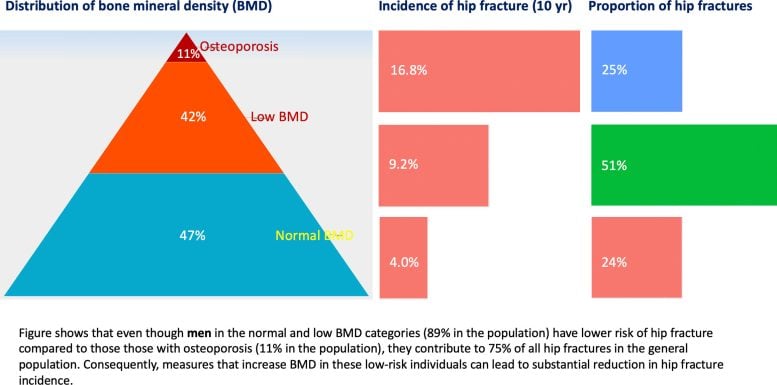
A new Australian study suggests that community-wide adoption of simple bone-strengthening measures can substantially reduce hip fractures, emphasizing the importance of minor improvements in bone health for both high and low-risk individuals.
Implementing community-wide simple bone-strengthening strategies, not limited to high-risk individuals, may significantly reduce hip fractures, according to a recent Australian study.
Simple, community-wide strategies to enhance bone health could significantly reduce hip fractures, according to a recent Australian study.
Hip fractures, especially in older adults, greatly raise mortality rates. Approximately 37% of men and 20% of women pass away within a year of experiencing a hip fracture. Besides the heightened risk of death, these fractures lead to severe pain, loss of mobility and independence, and higher healthcare expenses.
Expert Insights on Bone Health
Distinguished Professor Tuan Nguyen, a world-leading researcher in osteoporosis from the University of Technology Sydney (UTS) who spearheaded the study, said it is important for people to take simple measures to improve their bone health, even if they don’t have osteoporosis, and even if the measures seem to have minor benefits to them.
“Osteoporosis is a disease characterized by weak and brittle bones caused by bone loss. Osteoporotic individuals have the highest risk of a hip fracture, and pharmacologic treatment can reduce this risk by around 50 percent,” said Professor Nguyen. “However, the majority of hip fractures occur in people who do not have osteoporosis, so it is important for everyone, especially the elderly, to take action to improve their bone health. Bone mineral density is modifiable, and even small improvements reduce the risk of a fracture. Bone health is affected by lifestyle factors such as smoking, physical activity, and nutrition, including vitamin D and dietary calcium intake. Stopping smoking, maintaining moderate physical activity, and eating a healthy diet can all help reduce bone loss.”
The Study and Its Findings
The study was recently published in the Journal of Bone and Mineral Research, with co-authors from The Garvan Institute of Medical Research and UNSW Sydney.
The researchers analyzed data from the Dubbo Osteoporosis Epidemiology Study, one of the longest-running studies on osteoporosis in the world. It includes more than 3000 individuals over 60 years of age, who have been tracked over time for fracture incidence and risk factors.
They found that between the first cohort in 1988-92 and the second in 1999-2001, bone mineral density increased by 3 percent. During the same period, there was a 45 percent decrease in hip fractures, a decline typically associated with a 10 percent rise in bone mineral density.
British epidemiologist Geoffrey Rose postulated that a population-based measure bringing a small benefit to each individual can yield large benefits to the community. The current study supports this axiom, by showing a small increase in bone density led to a substantial reduction in hip fractures.
Importance of Minor Improvements
Professor Nguyen draws a parallel with wearing a car seatbelt. “Wearing a seatbelt might bring little benefit to an individual because the probability of having a car accident is very low, but we know this simple action does save lives in the community.”
“Some people who are following medication regimens or engaging in lifestyle modification programs and notice a slight change in bone mineral density might believe that these measures hold little benefit for them. Nonetheless, even these minor effects can lead to a substantial reduction in fracture risk for the community,” he said.
Epidemiologist and first author Dr. Thach Tran said the study findings will be of interest to public health policymakers and medical professionals, as well as individuals who want to reduce their risk of a hip fracture.
“Our study suggests that population strategies focused on reducing risk in those at low or moderate risk are likely to be more effective than strategies just focused on high-risk individuals,” he said.
“The findings also imply that the categorization of bone mineral density into osteoporosis or non-osteoporosis based on an arbitrary threshold is not an optimal approach for identifying people at high risk of fracture.”
Reference: “Prevention of Hip Fractures: Trade-off between Minor Benefits to Individuals and Large Benefits to the Community” by Thach S. Tran, Thao P. Ho-Le, Dana Bliuc, Jacqueline R. Center, Robert D. Blank and Tuan V. Nguyen, 28 August 2023, Journal of Bone and Mineral Research.
DOI: 10.1002/jbmr.4907
The study was funded by the National Health and Medical Research Council.










